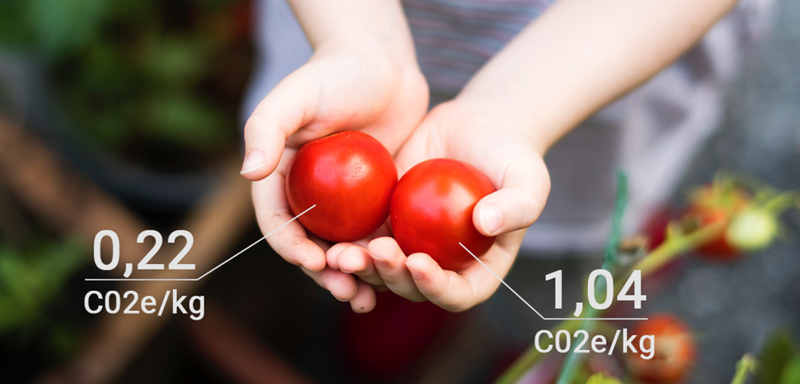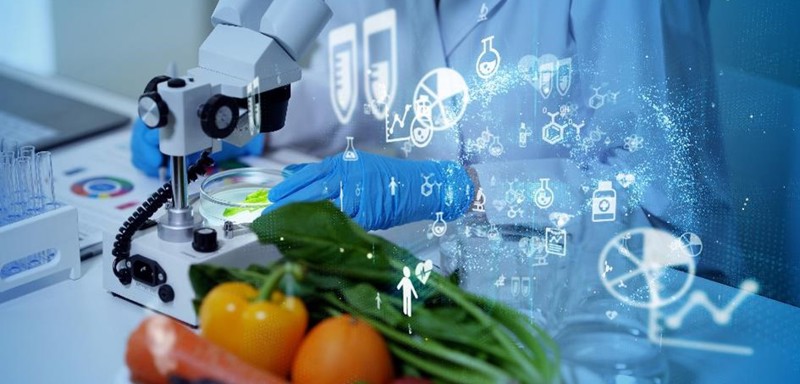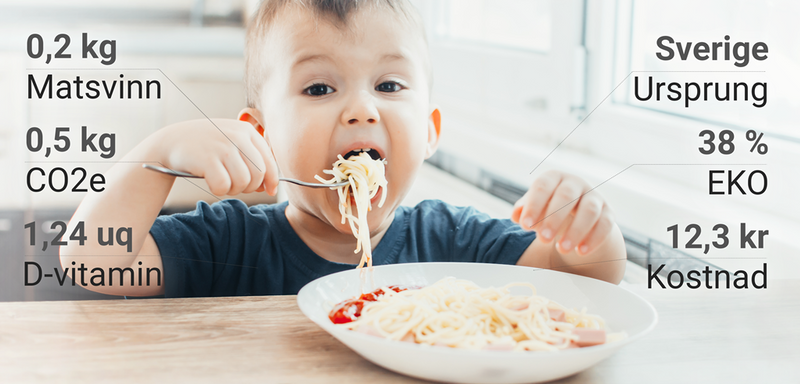5 tips for a cost-effective food procurement
By carrying out a food procurement, food costs can be reduced considerably. In order to then comply with the agreement, the procurement must reflect the needs of the entire business. If the procurement is not well thought out, the risk of purchases outside of the agreement is greater, which causes costs to increase.

Step one is therefore to carry out a comprehensive procurement that covers the needs of the organisation. Carrying out a good food procurement is not easy and requires a lot of knowledge. We share our 5 best tips for a successful food procurement.
1. Carry out a food procurement
Set measurable goals
Set goals. The goals must be reasonable to achieve according to the organisation's conditions. The goals must also be measurable. Set interim goals and communicate expectations and goals of the organisation. Examples of goals may be contract compliance, proportion of organic purchases, locally produced purchases, climate impact per kilo of food and cost per kilo of purchased food.
To comply with an agreement, it must reflect the needs of the business. Therefore, it is of great importance to spend time on a proper needs analysis in order to carry out a good procurement that reflects the requirements of the meal organisation.
Create a reference group
To conduct a good needs analysis, great benefit can be gained by creating a reference group that represents the various parts of the meal organisation so that no needs are overlooked. In a municipality, there may be elected representatives for each unit such as school, preschool, cafés and care for the elderly. Needs should reflect the whole of the organisation.
Make an inventory of the market
Spend time researching and making an inventory of the market. There will be new products and suppliers, flows will be improved and new procurement models will be tested. Trends change quickly and new foods can help achieve set goals, such as serving more plant-based foods, increasing the proportion of locally produced food and more.
Let it take time
It pays to spend extra time on the preparatory work for the procurement. Conduct a market analysis, create dialogue with suppliers and examine your own business needs. The better the procurement, the greater the cost effectiveness. This also often leads to happier employees who have an opportunity to do good work.
When the draft of the document has been created, the procurement needs to be carried out as soon as possible so that product availability, characteristics and relevant requirements do not have time to change.

2. Use system support
See the history
With the help of a system support for food procurement, it is easy to see which products have previously been purchased. It is a great help in procurement to get a clear picture of previous purchasing patterns in order to be able to set the right requirements right down to the position level in future procurements.
Review the documentation
In order to get a good picture of what food should be procured in the future, it is well worth first looking back at the previous year. When the documentation for the procurement is available, it is time to go through the shopping cart and make adjustments according to future needs. Here, it is important to have the organisation's goals with you in order to adapt the proportion of plant-based, proportion of organic and requests for new products.
Adjust the product availability based on stated requirements and set reasonable requirements in the procurement. Ensure that there are products that match the desired requirements.
See how others are doing and get help if needed
Carrying out an extensive food procurement is not easy. It is better to bring in external help than not carrying out a sufficiently good procurement. Inadequate procurement costs more in the long run because there will be more purchases outside of the agreement. Get help from others in the industry. Sharing experiences and knowledge can be enriching.
3. Monitor
A successful food procurement and the ability to comply with the agreement requires continuous monitoring. Therefore, it is important to clearly indicate how the agreement will be monitored.
During the term of the agreement
During the term of the agreement, it is important to monitor key figures and quality requirements, both internal goals and external goals. Internal goals may be contract compliance, proportion of organic purchases, locally produced, climate impact per kilo of food and cost per kilo of food. External goals are more linked to the cooperation with suppliers in terms of price, service and deliveries.

After the end of the term of the agreement
After the term of the agreement has expired, it is important to gather all knowledge and experience into the next procurement and subsequent agreement.
Analyse the results
If the goals have been achieved, it is worth analysing which activities contributed to the success. If the goals have not been achieved, it is of great importance to analyse where the shortcomings are and how these can be minimised.
4. Keep the assortment alive
Even after the food procurement has been carried out, it still needs to be kept up to date with a living assortment. Make additions or replace procuring products that do not measure up.
5. Customise the menus
By starting from agreed raw materials when creating recipes and order selection, costs are reduced as agreed goods have a lower price than non-contracted goods. Optimise the menu by choosing climate-smart options. This reduces costs further and also often has better nutritional values. Adapt the recipes according to the season as the ingredients are more climate-smart with short deliveries and lower prices.

Sustainability
Climate-smart food is not more expensive
From the Swedish Food Agency's survey “Hur ser beslutsfattare på den offentliga måltiden?” (How do decision-makers view the public sector...

Foodtech creates new opportunities
Food is so much more than what is on the plate. “Public sector meals are a strategic tool with which you can achieve almost anything”, sa...

Foodtech
Food and data go hand in hand
Food is vital to humanity, but food is also data. Society places increasingly high demands on what we eat, how the food ends up on the pl...